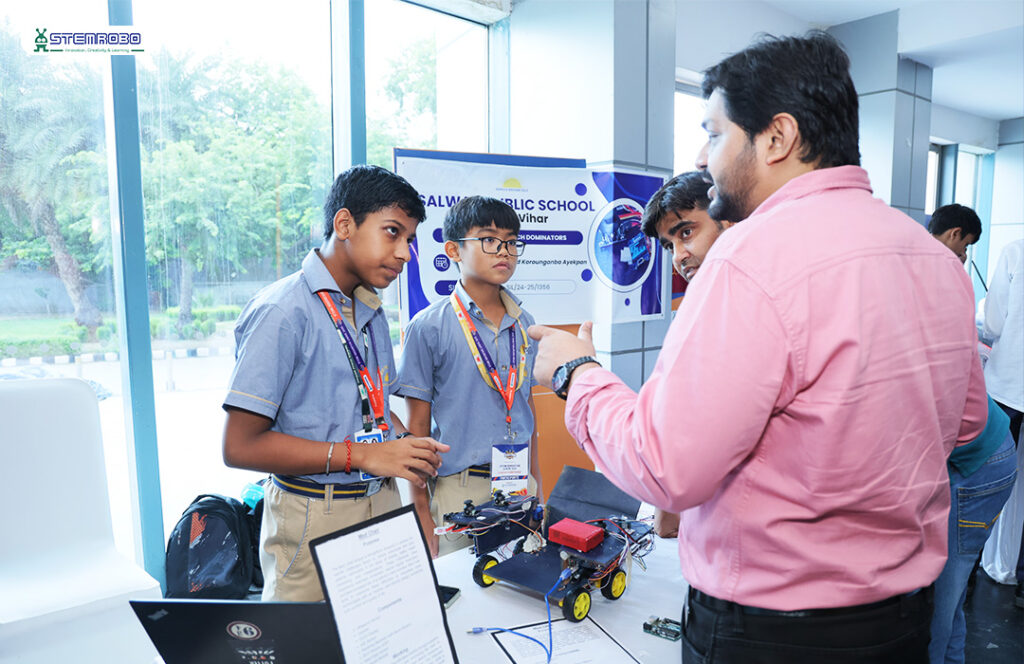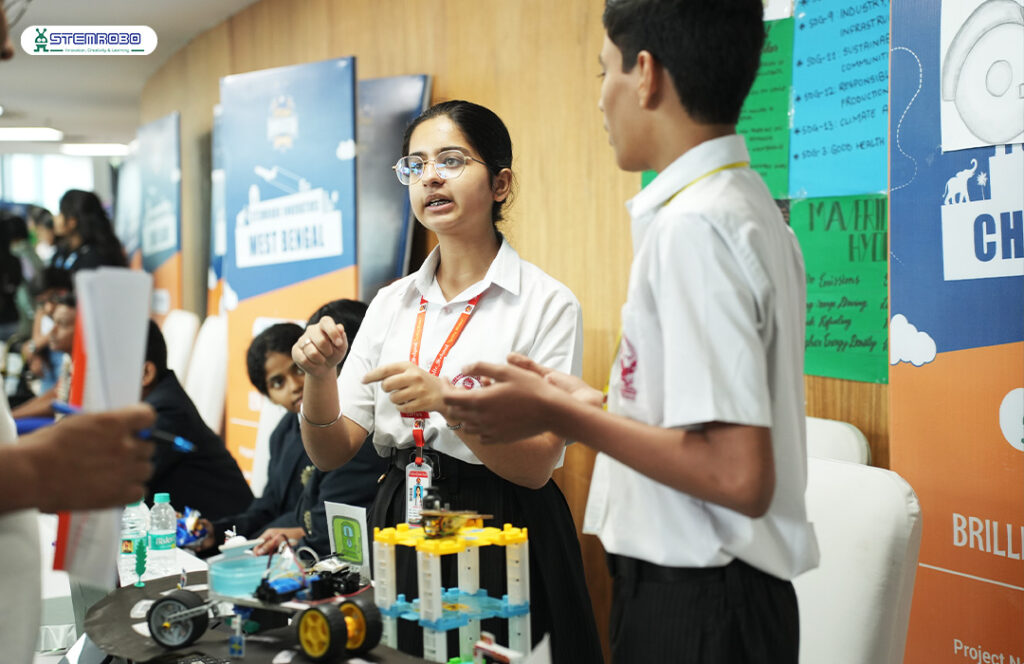With the advancement of the technology, the world is also changing, rapidly and along with these changes, we hear about problems that matter, problems that are harmful for the entire ecosystem. These problems range from climate change to lack of clean water, famine, hunger and the list goes on. These issues may be common but ironically enough they affect the common people on the larger bandwidth. The question arises – are our schools preparing the students only for exams and not to help solve problems that really matter and contribute to the society?
The answer is yes and the best way is to integrate United Nations’ Sustainable Goals to STEM education.
STEM stands for Science, Technology, Engineering, and Mathematics. These are more than just subjects; it’s about learning how to integrate classroom learning to practical knowledge. It is about solutions to real life problems. The SDGs or the Sustainable Development Goals of the UN (United Nations).
Now imagine if every school project in science, robotics, or coding also helped with one of these goals. That’s the idea behind integrating SDGs into STEM education. It means students learn useful skills while also working on real-life challenges — making learning exciting, practical, and meaningful.
At STEMROBO, we believe that learning isn’t just about reading from a book. It’s about doing. Our robotics kits, coding platforms, and tinkering tools are all designed so students can actually create something that makes a difference. And the best part? These creations often match directly with one or more SDGs.

Take Tinker Orbits, for example. This kit can be used to build devices that measure air quality, soil moisture, or temperature, and etc that are important in understanding the environment. That connects directly to SDG 13: Climate Action. Or think about our Smart Circuit kit — that can be used to build solar-powered lamps or wind-powered generators, which link to SDG 7: Affordable and Clean Energy. Even our 3D Printer kits can be used to create useful tools for communities, helping with SDG 9: Innovation and Infrastructure.
Why is this so important? Because by this, students learn that their learning is not only limited to classes and marks but also for making the society a better place to live in.A student who builds a water-saving irrigation system for a science fair might be helping farmers in real life. A team that makes an automatic waste-sorting robot might be helping their city reduce pollution.
We’ve seen this happen in schools with Atal Tinkering Labs (ATLs), where STEMROBO kits are used every day. Students have built smart flood alert systems, AI-powered recycling machines, and devices that monitor crops and water usage. These aren’t just “cool gadgets” — they’re real solutions to real problems. And they’ve all been made by students who are still in school.
When students work on SDG-linked projects, something amazing happens. They don’t just learn how to code or build circuits — they also learn how to think about the bigger picture. They start asking: How will this project benefit the common public? Is the solution sustainable, accessible and economical? These are the kinds of questions that make them thoughtful and responsible problem-solvers.
One of my favorite examples is a group of students who used this education company’s tools to make a smart irrigation system. It had sensors in the soil and only watered the crops when the plants actually needed it. This saved water, improved harvests, and made life easier for farmers. And the students realised they weren’t just doing a school project — they were helping with Zero Hunger, Clean Water and Sanitation, and Climate Action all at once.
This approach also makes teaching more exciting and interesting. Instead of the traditional ways of imparting education through just books, teachers can teach and engage the young innovators in learning-by-doing. This way, students will retain more and understand better.
Through SDGs too students can solve real life problems and actually contribute to the society. Instead of just teaching coding commands, they can help students make an app that warns about bad weather. We also support teachers with training and ready-made lesson plans, so they can easily link activities to SDGs without extra stress.

And the best part is that students are prepared for the future. They grow the very essential 21st century skills, skills like problem-solving, teamwork, and critical thinking. These skills prepare a student by helping them make better informed decisions.
Of course, schools need the right tools and mindset to make this happen. That’s why partnerships with organizations like us are important. We provide everything from the kits and software to training for teachers and support for project ideas. And because our approach aligns with India’s National Education Policy (NEP) 2020, schools know they’re moving in the right direction for modern, skills-based education.
In layman language, basically if we combine the SDGs with the STEM learning, the students’ minds will be directed in a particular way, a way in which they can actually learn about the problems that the people are facing and how they can solve them
This makes the learning process even more fun and easy, as the STEM learning is all about gaining practical knowledge through hands-on learning.
At STEMROBO, we’ve seen how even a small school project can lead to big ideas and real change. Take examples from the STEAM INNOVATION LEAGUE, where the students from all over the country explored their potential and presented their best.
And we believe every students, if given the right guidance and opportunity can transform into an innovator contributing to the welfare of the society. Every child no matter who they are and where they are from deserves the chance to dream, innovate and create and we have the vision to reach out to every institution that nurtures the dreams of these young kids.
If you’re a teacher, school leader, or parent who wants to see students learning in a way that prepares them for both life and work — and helps the planet — it’s time to bring SDG-powered STEM education into your school. We’re here to make it simple and exciting.

